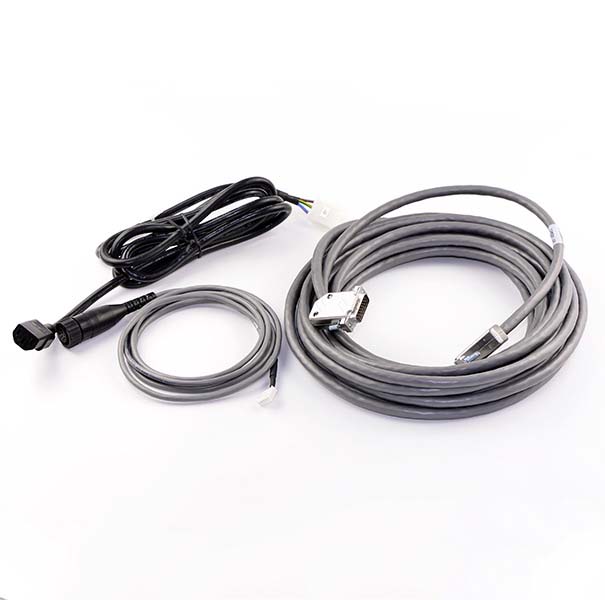(1) Wires and cables for electrical equipment: Wires and cables for power connections that directly transmit electrical energy from the power distribution point of the power system to various electrical equipment and appliances. Such as wires and cables for electrical connections and control signals in various industrial and agricultural equipment. This type of product has a wide range of applications and a wide range of varieties, and most of them must be combined with the characteristics of the equipment used and the environmental conditions used to determine the structure and performance of the product. Therefore, in addition to a large number of general-purpose products, there are many special and special products. Such as generally insulated wires, installation wires, rubber-sheathed flexible cables, control cables, signal cables, special cables for airplanes, automobiles, and tractors, electrical and electrical lead wires, cables for rolling stock, wires for radio devices, cables for mining, and cables for ships, Agricultural cables, oil mine and exploration cables, cables for fieldwork, wires for various high voltage DC equipment, flexible cables, etc.
(2) Magnet wire: In the form of a winding, the magnetic line of force is cut in a magnetic field to induce a current, or the wire that generates a magnetic field with the current is called a magnet wire. Such as enameled wire, fiber wrapped wire, inorganic insulated wire, and so on.
(3) Power cables: wire products used to transmit and distribute high-power electrical energy in the backbone of the power system, called power cables. Such as plastic cables of various voltage levels, oil-impregnated paper cables, and non-drip, etc.

(4) Communication cables: cables used to transmit audio and various telecommunication information above audio. Such as local telephone cables, long-distance symmetrical communication cables, coaxial communication cables, telephone equipment cables, and data cables, etc.
(5) Wires and bare inner conductor products: refer to only conductors without insulating layers and other structures. Such as copper, aluminum, and various composite metal single wires; various structures of overhead transmission stranded wires, flexible wiring, shaped wires, and profiles, etc.
Power cables are used in the mainline of the power system to transmit and distribute large-function electrical energy. The control cables directly transmit electrical energy from the power distribution point of the power system to the power connection lines of various electrical equipment and appliances. The rated voltage of power cables is generally 0.6/1kV and above, and control cables are mainly 450/750V. When power cables and control cables of the same specification are produced, the thickness of the insulation and sheath of the power cables is thicker than that of the control cables.
The above information is provided by the control cables supplier.
Copyright © Xiamen New East Asia Electronic Enterprise Co. (NEAEE), Ltd. All Rights Reserved Sitemap |